Disinfection
Solar Water Disinfection (SODIS)
Views : 30
Usually dispatched in 2 to 3 days
Usually dispatched in 2 to 3 days
Category:
Disinfection
Only logged in customers who have purchased this product may leave a review.
Related books
Biocides for Disinfection and Storage of Hydranautics Membrane Elements
This bulletin provides general information about biocides that may be used with Hydranautics membrane elements for disinfection and/or storage. Before storage or disinfection of Hydranautics elements, one should become familiar with Technical Service Bulletins 108 and 118 which describe the general storage and flushing procedures for all Composite Polyamide, and PVD membrane elements. Also, one should confirm which type of membrane elements are actually in the system. Since elements may be composed of either composite polyamide membrane or polyvinyl derivative, it is imperative to be certain of the type to be disinfected.
Biocides for Disinfection and Storage of Hydranautics Membrane Elements
This bulletin provides general information about biocides that may be used with Hydranautics membrane elements for disinfection and/or storage. Before storage or disinfection of Hydranautics elements, one should become familiar with Technical Service Bulletins 108 and 118 which describe the general storage and flushing procedures for all Composite Polyamide, and PVD membrane elements. Also, one should confirm which type of membrane elements are actually in the system. Since elements may be composed of either composite polyamide membrane or polyvinyl derivative, it is imperative to be certain of the type to be disinfected.
Disinfection, Chlorination and Oxidation
Chlorination: application of chlorine to water, generally for the purpose of disinfection, but also for other purposes such as odor control.
Disinfection: the addition of chlorine, ozone, UV light, etc. to water in order to kill or inactivate disease causing organisms; effectiveness measured using the coliform test.
Disinfection, Chlorination and Oxidation
Chlorination: application of chlorine to water, generally for the purpose of disinfection, but also for other purposes such as odor control.
Disinfection: the addition of chlorine, ozone, UV light, etc. to water in order to kill or inactivate disease causing organisms; effectiveness measured using the coliform test.
Section 5.4 Disinfection with Chlorine Dioxide
1. Characters of chlorine dioxide
• ClO2 is a yellowish‐green gas with acrid odor under room temperature.
• Extremely unstable, both gas and liquid chlorine dioxide are explosive. Thus it should be prepared on site and used as aqueous solution.
• Soluble in water with a solubility 5 times of the chlorine’s; and It exists in water as dissolved gas, without any hydrolysis.
Section 5.4 Disinfection with Chlorine Dioxide
1. Characters of chlorine dioxide
• ClO2 is a yellowish‐green gas with acrid odor under room temperature.
• Extremely unstable, both gas and liquid chlorine dioxide are explosive. Thus it should be prepared on site and used as aqueous solution.
• Soluble in water with a solubility 5 times of the chlorine’s; and It exists in water as dissolved gas, without any hydrolysis.
Chlorine Dioxide Disinfection System For Desalinated Water In Qatar
Meeting the goal of clean, safe drinking water requires a multi-barrier approach that includes:
•Protecting source water from contamination,
•Appropriately treating raw water,
•And ensuring safe distribution of treated water to consumers’ taps.
Chlorine Dioxide Disinfection System For Desalinated Water In Qatar
Meeting the goal of clean, safe drinking water requires a multi-barrier approach that includes:
•Protecting source water from contamination,
•Appropriately treating raw water,
•And ensuring safe distribution of treated water to consumers’ taps.
Disinfection
•Destruction or inactivation of pathogenic organisms
•Disinfection can be done by:– chemical means-chlorine, ozone, –non-chemical means-heat, UV irradiation
Disinfection
•Destruction or inactivation of pathogenic organisms
•Disinfection can be done by:– chemical means-chlorine, ozone, –non-chemical means-heat, UV irradiation
Chlorination: Disinfection And Oxidation
• Disease causing organisms can be found in surface water and some in ground water, some can be removed by preliminary, primary and secondary treatments processes. But not all are removed.
• The addition of a chemical disinfectant is necessary if a water treatment processes is to meet the coliform MCL, preventing any water borne diseases.
• Cl2, due to it relatively low cost & ease with which it be obtained is the most commonly used chemical for this purpose.
• Chlorine is available in 3 forms:
1. Chlorine Gas
2. Calcium or Sodium Hypochlorite solution
3. Calcium or Sodium Hypochlorite powder (HTH)
Chlorination: Disinfection And Oxidation
• Disease causing organisms can be found in surface water and some in ground water, some can be removed by preliminary, primary and secondary treatments processes. But not all are removed.
• The addition of a chemical disinfectant is necessary if a water treatment processes is to meet the coliform MCL, preventing any water borne diseases.
• Cl2, due to it relatively low cost & ease with which it be obtained is the most commonly used chemical for this purpose.
• Chlorine is available in 3 forms:
1. Chlorine Gas
2. Calcium or Sodium Hypochlorite solution
3. Calcium or Sodium Hypochlorite powder (HTH)
Disinfection of Water
This course includes content developed by the Pennsylvania Department of Environmental Protection
(Pa. DEP) in cooperation with the following contractors, subcontractors, or grantees:
The Pennsylvania State Association of Township Supervisors (PSATS)
Gannett Fleming, Inc.
Dering Consulting Group
Penn State Harrisburg Environmental Training Center
Disinfection of Water
This course includes content developed by the Pennsylvania Department of Environmental Protection
(Pa. DEP) in cooperation with the following contractors, subcontractors, or grantees:
The Pennsylvania State Association of Township Supervisors (PSATS)
Gannett Fleming, Inc.
Dering Consulting Group
Penn State Harrisburg Environmental Training Center
Water Treatment Manual: Disinfection
Drinking water supplies in Ireland are predominantly sourced from surface waters or groundwaters influenced by surface water. In recent reports on “The Provision and Quality of Drinking Water in Ireland” the Environmental Protection Agency (EPA) found that 81.6% originates from surface water (i.e. rivers and lakes) with the remainder originating from groundwater (10.3%) and springs (8%). Source waters, susceptible to surface contamination, particularly surface waters and groundwater and spring sources contain micro-organisms such as bacteria, viruses and protozoan parasites (e.g. Cryptosporidium) which can present a risk to human health if not effectively treated and disinfected. Since 2008 the EPA has set out as its policy that the most effective means of consistently ensuring the safety of a drinking water supply is through the use of a comprehensive risk assessment and risk management approach that encompasses all steps in water supply from catchment to consumer. The EPA has advised Water Service Authorities to implement the World Health Organisation (WHO) Water Safety Plan approach to risk assessment and risk management.
Water Treatment Manual: Disinfection
Drinking water supplies in Ireland are predominantly sourced from surface waters or groundwaters influenced by surface water. In recent reports on “The Provision and Quality of Drinking Water in Ireland” the Environmental Protection Agency (EPA) found that 81.6% originates from surface water (i.e. rivers and lakes) with the remainder originating from groundwater (10.3%) and springs (8%). Source waters, susceptible to surface contamination, particularly surface waters and groundwater and spring sources contain micro-organisms such as bacteria, viruses and protozoan parasites (e.g. Cryptosporidium) which can present a risk to human health if not effectively treated and disinfected. Since 2008 the EPA has set out as its policy that the most effective means of consistently ensuring the safety of a drinking water supply is through the use of a comprehensive risk assessment and risk management approach that encompasses all steps in water supply from catchment to consumer. The EPA has advised Water Service Authorities to implement the World Health Organisation (WHO) Water Safety Plan approach to risk assessment and risk management.
Cleaning And Disinfection Procedures For Filmtec Membrane
The following are general recommendations for cleaning FilmTec™ NF 200 and NF270 Elements. More detailed procedures for cleaning a nanofiltration (NF) system are typically included in the operating manual provided by the system supplier. It should be emphasized that frequent cleaning is not required for a properly designed and properly operated NF system, however because of the NF 200 and NF270 membrane’s unique combination of pH range and temperature resistance, cleaning may be accomplished very effectively.
Cleaning And Disinfection Procedures For Filmtec Membrane
The following are general recommendations for cleaning FilmTec™ NF 200 and NF270 Elements. More detailed procedures for cleaning a nanofiltration (NF) system are typically included in the operating manual provided by the system supplier. It should be emphasized that frequent cleaning is not required for a properly designed and properly operated NF system, however because of the NF 200 and NF270 membrane’s unique combination of pH range and temperature resistance, cleaning may be accomplished very effectively.


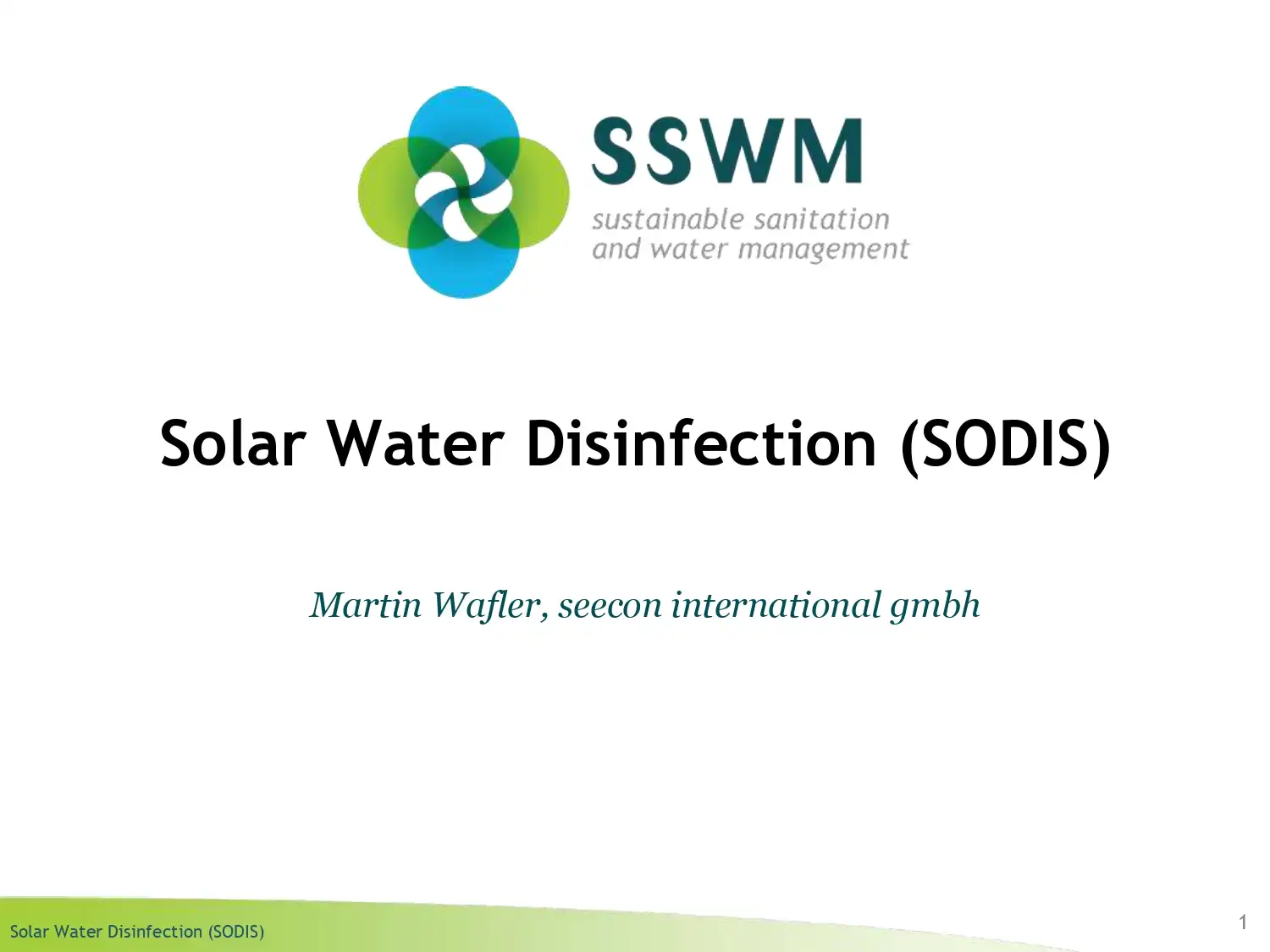

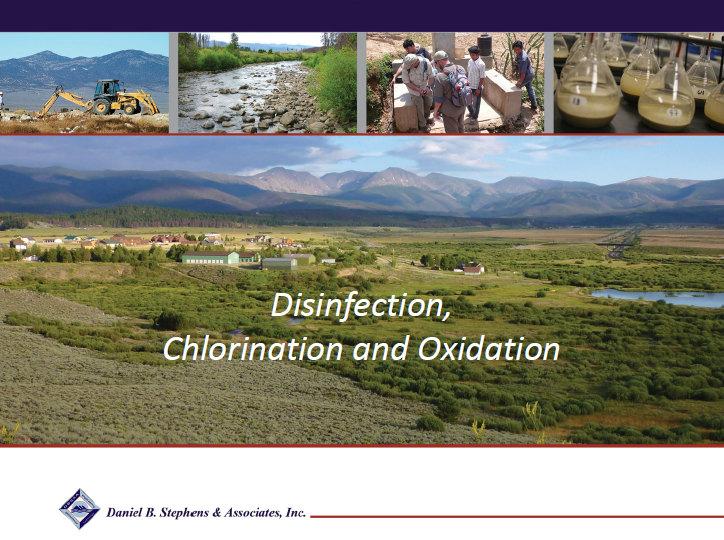
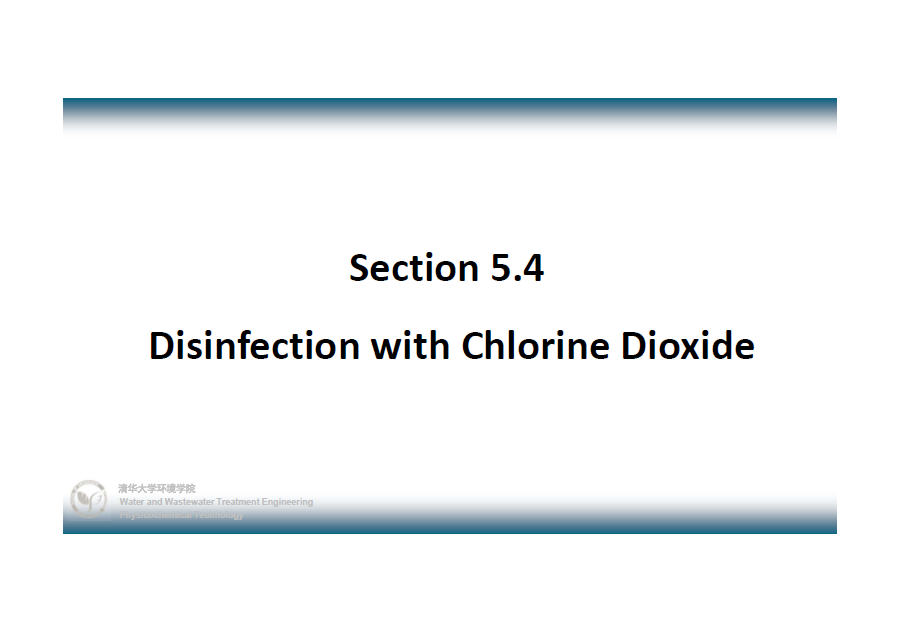


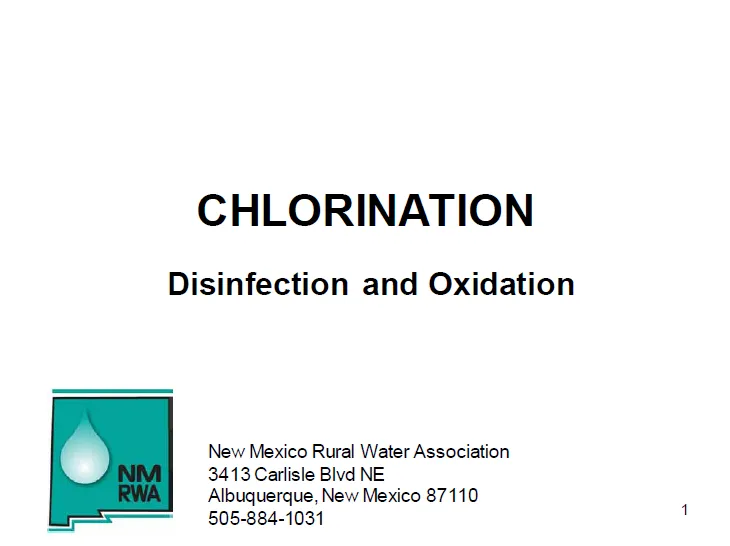

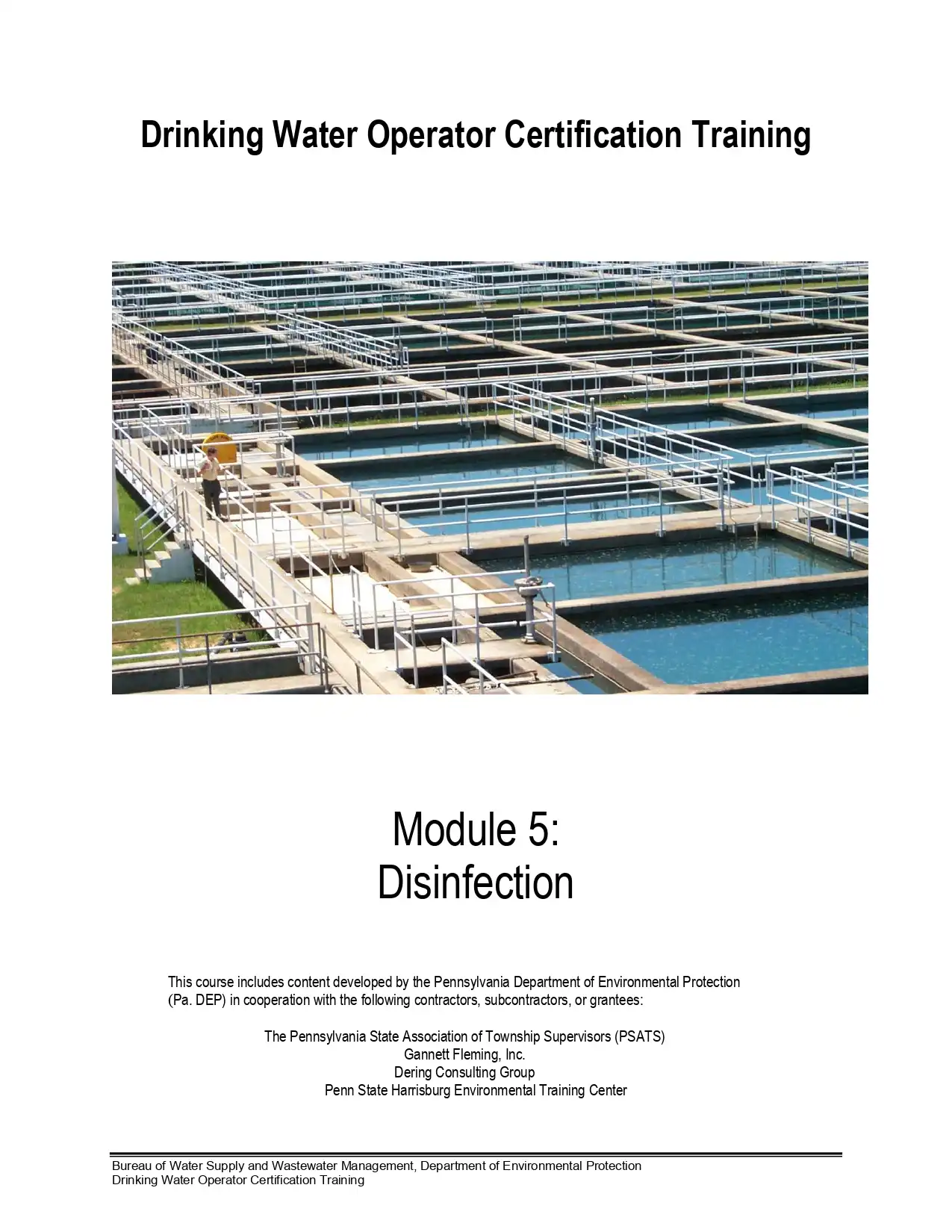
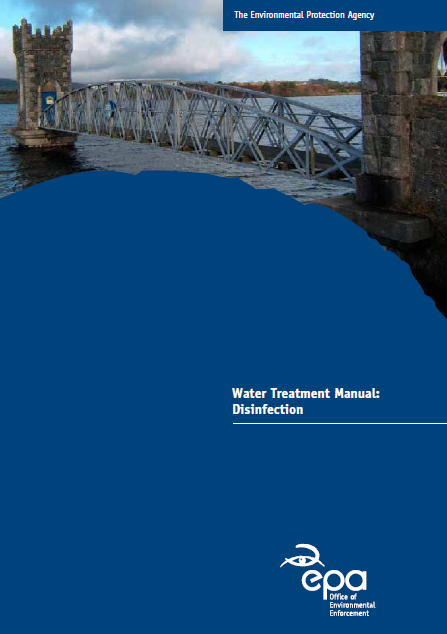
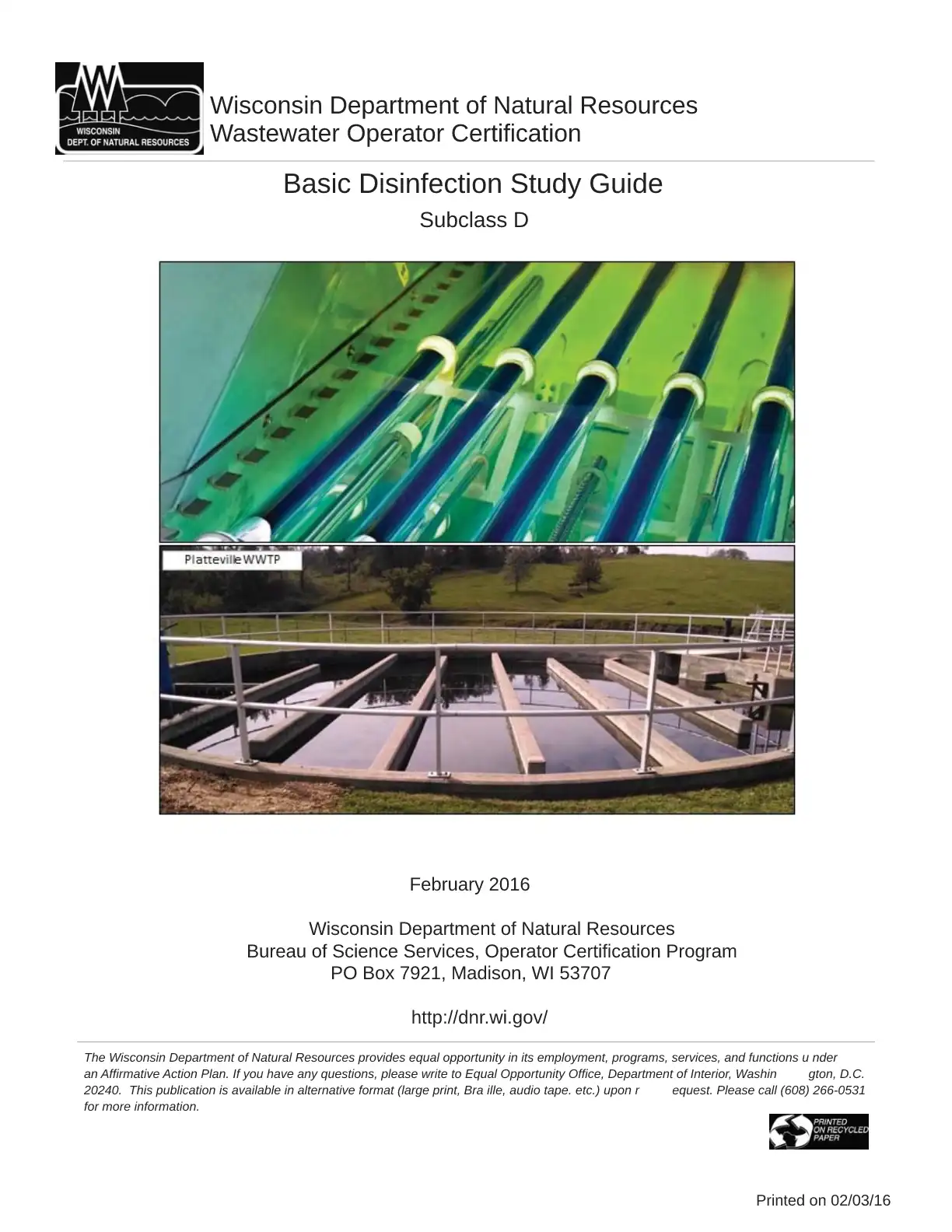
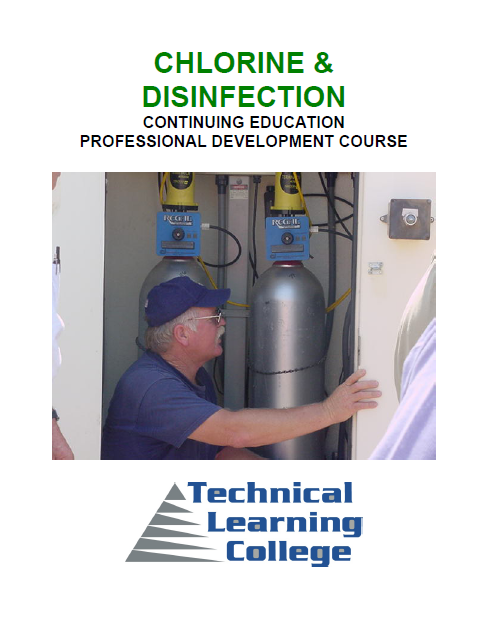

Reviews
There are no reviews yet.